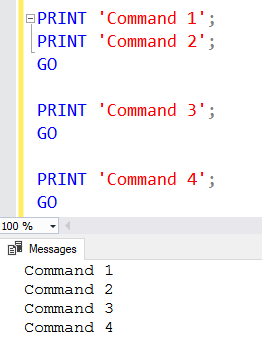Shortcut: Using Colors to Avoid Running Scripts Against the Wrong Server
Everyone who’s worked with SQL Server for any length of time, has had the experience of executing a T-SQL script, and then noticing, with horror, that they’ve just executed the script against the wrong server.
You know the feeling. It even happens at Christmas time, just when you were hoping to get away from work for a few days, or when you are the unlucky one who’s doing on call work.
2017-12-28




